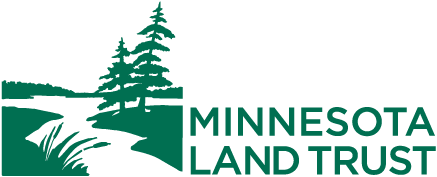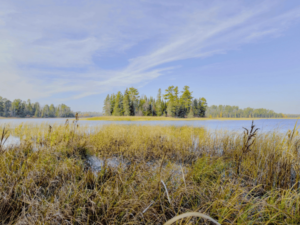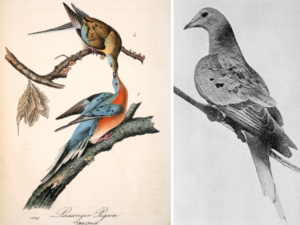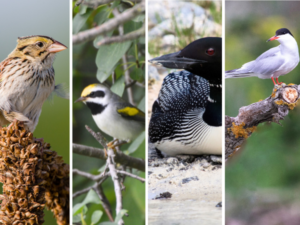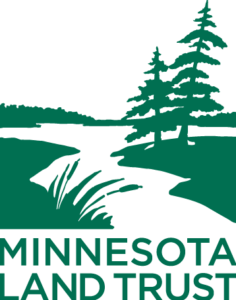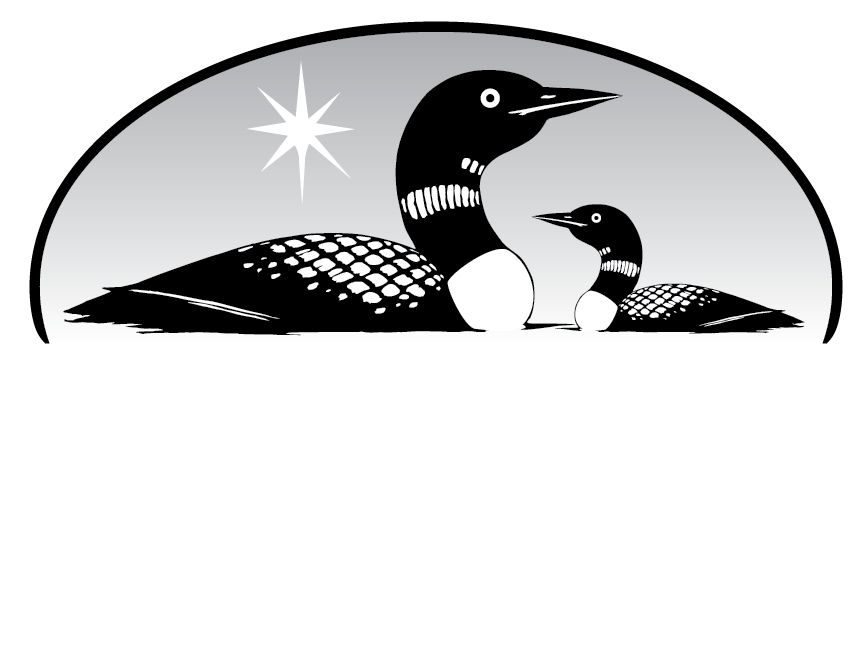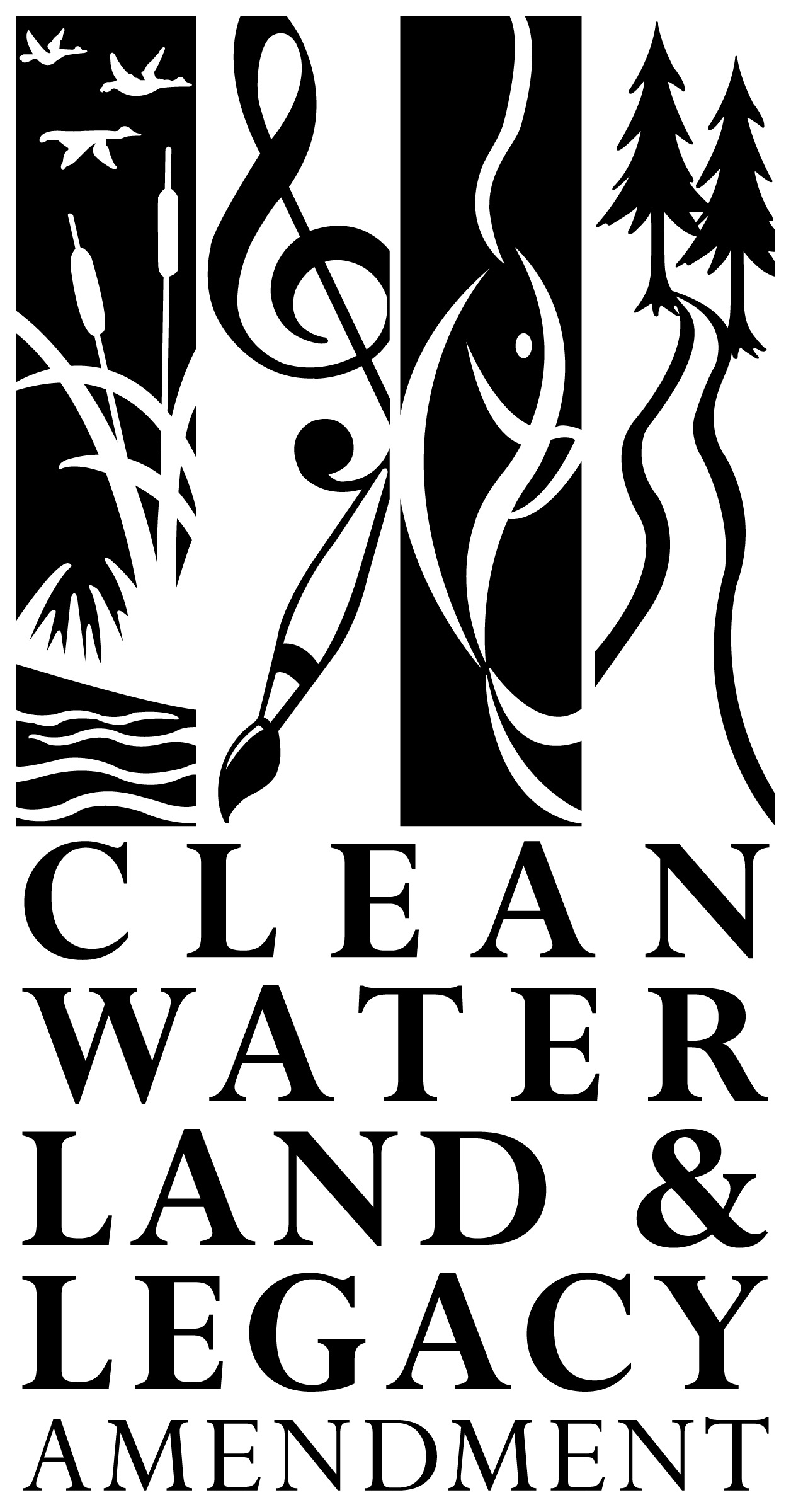The Minnesota Land Trust and YMCA Camp Olson partnered to protect over 675 acres in northern Minnesota. Can you help us do even more?
Get more nature stories & news of the Minnesota Land Trust delivered to your inbox. Subscribe Today!
Why is Conservation Critical in Minnesota Today?
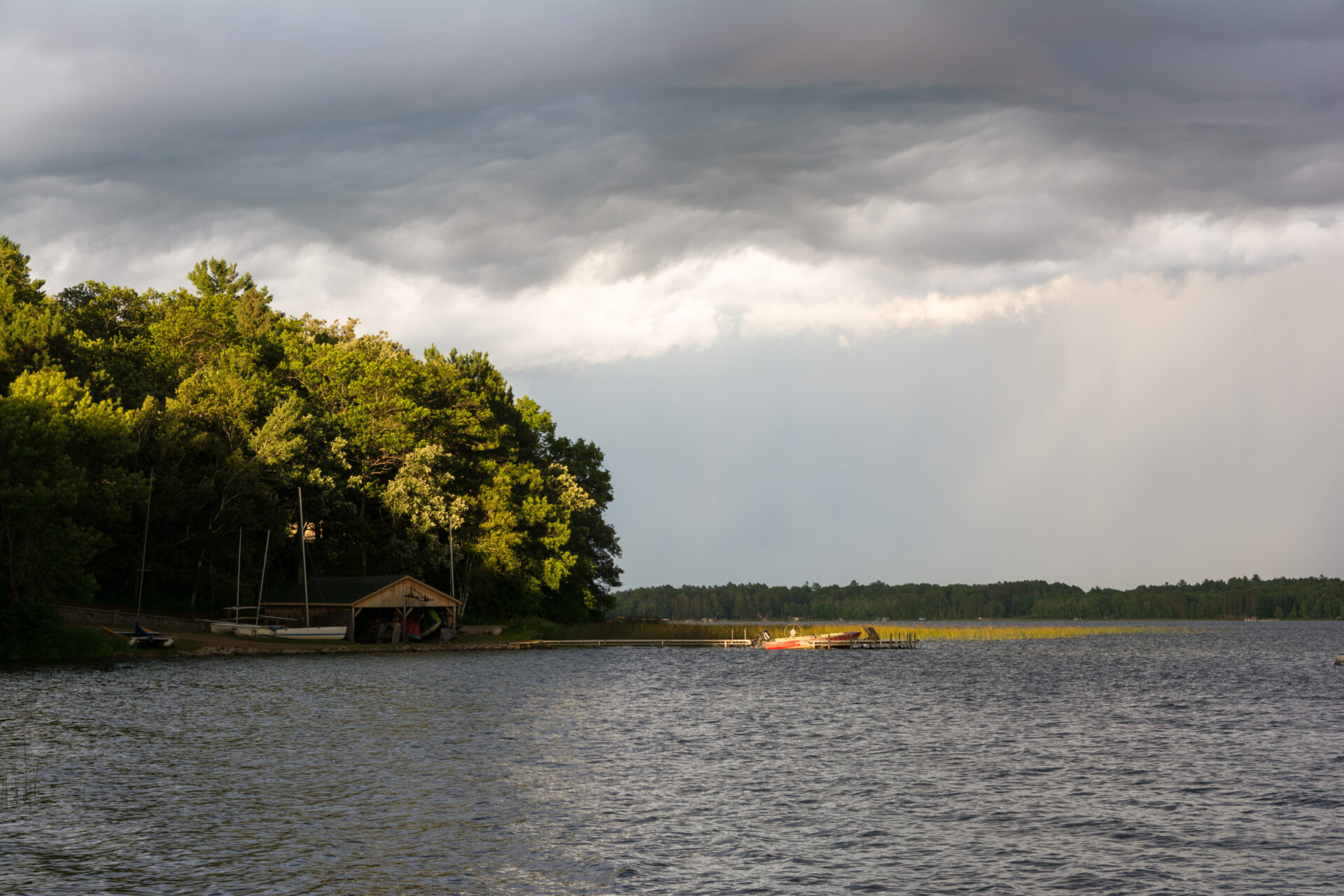
56%
Of Minnesota’s lakes, rivers, and streams do not meet current water quality standards (2022).
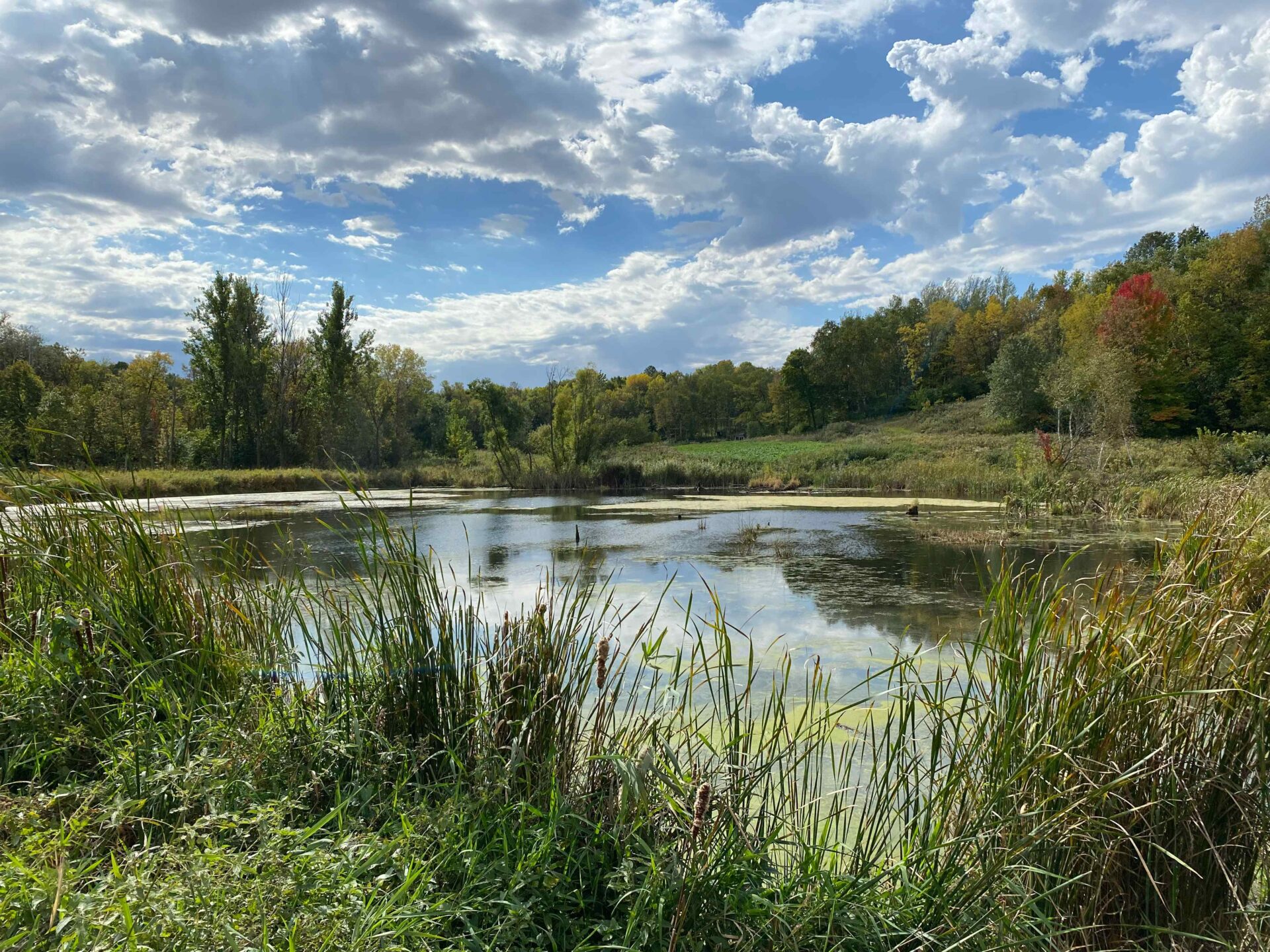
50%
Of wetlands lost, leading to poor water quality, increased flooding & property damage, and decreased wildlife habitat.
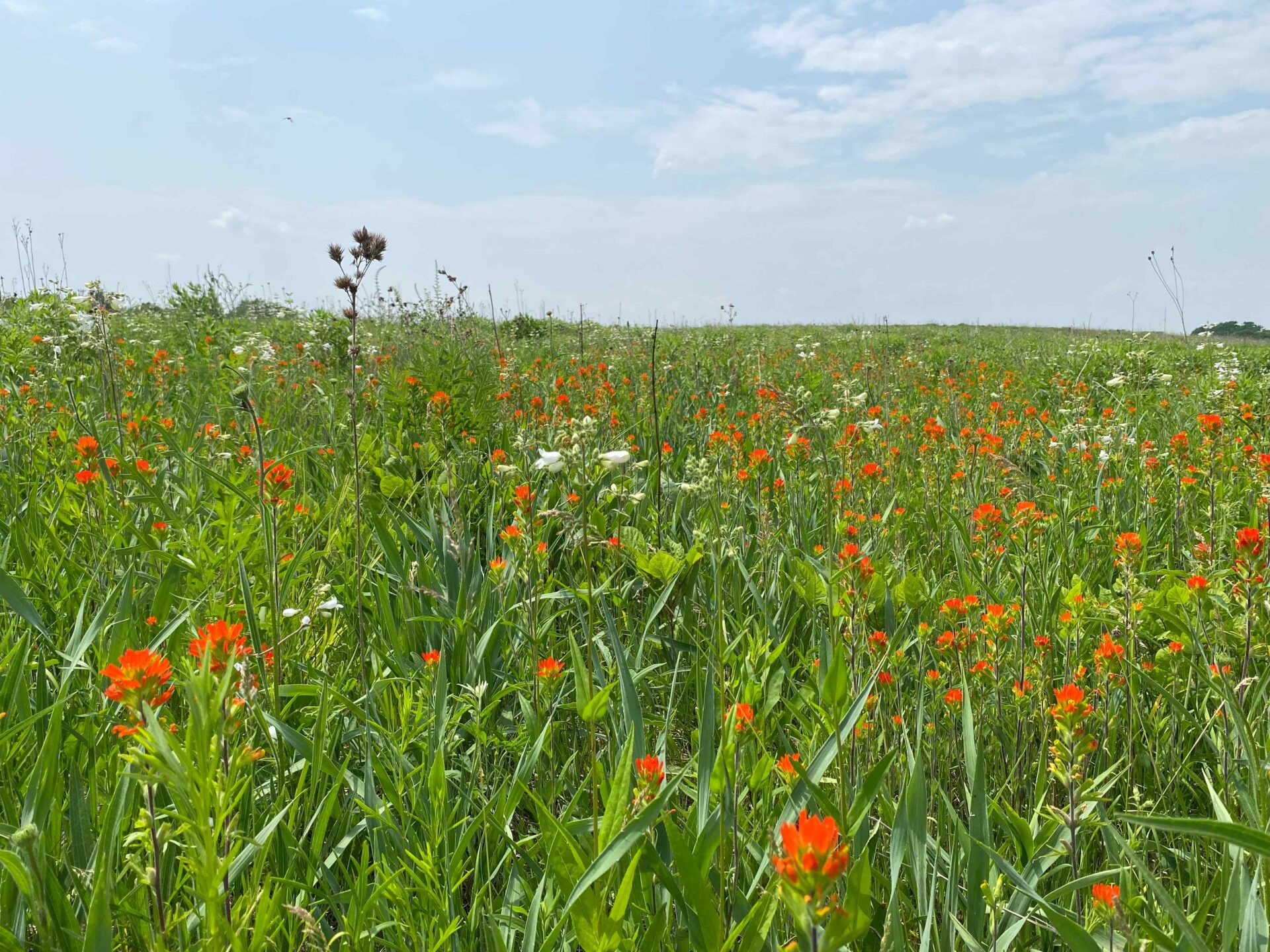
99%
Of native prairies lost due to agriculture & development—one of the most endangered ecosystems in the world.
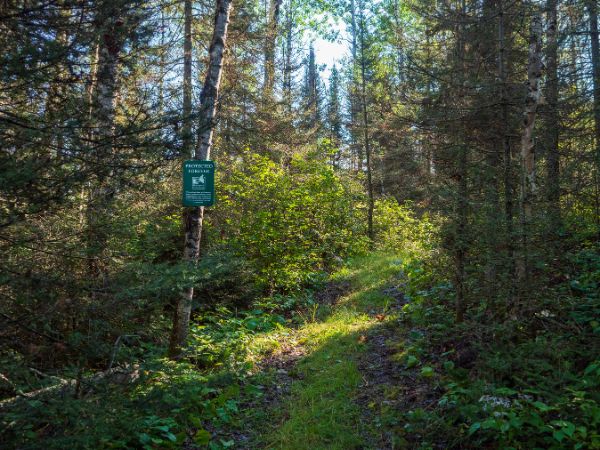
44%
Of forests lost, habitat that 80% of land-dwelling species rely on and that is critical for clean, cold water and carbon storage.

Climate Change
Climate change puts even more stress on remaining lands and waters, putting wildlife and human health and wellbeing at risk. Up to 37% of the U.S.’s climate goals could be met through natural climate solutions—conservation and restoration that:
- Preserves species biodiversity & habitat continuity;
- Improves ecological resiliency and environmental services; and
- Protects more carbon-storing land from development.
Our Work Across Minnesota


Land Protection & Connection
79,400+ acres
51% of our protected properties are 1/4-mile or less from other protected land.
Habitat Restoration
7,400+ acres
Tree planting, oak savanna management, row crops to prairie, repairing wetlands.
Water Protection
495 shoreline miles
73% of our protected properties are 1/4-mile or less from a river or lake.
Carbon Storage
166,000 m/t
Stored carbon added in 2023, offsetting the annual emissions of 135,400 passenger vehicles.
Join us—Donate today!
More Minnesota Protection Stories
- Historic 3M Land on Mantrap Lake Protected for Conservation and Public AccessThe Minnesota Land Trust and Northern Waters Land Trust partnered to protect a portion of the land surrounding the historic 3M retreat center on Big Mantrap Lake in Hubbard County. This conservation achievement ensures that approximately 449 acres of ecologically significant land and over six… Read more: Historic 3M Land on Mantrap Lake Protected for Conservation and Public Access
- The Passenger Pigeon’s Extinction 110 Years LaterThe disappearance of passenger pigeons from North American skies would have been unimaginable to people in the early 1800s. The beautiful, buff-gray and orange-colored birds were once the most abundant bird in North America, numbering from three to five billion. Flocks flying overhead could stretch… Read more: The Passenger Pigeon’s Extinction 110 Years Later
- The Best Birdwatching Locations in Minnesota for Fall Migration6 Top Spots to See Migrating Birds from Late August–October Hawk Ridge Bird Observatory—Northeast Minnesota, Duluth Hawk Ridge is one of the best places in North America to spot broad-winged hawks, sharp-shinned hawks, and bald eagles as they hug the Lake Superior shoreline traveling south.… Read more: The Best Birdwatching Locations in Minnesota for Fall Migration
